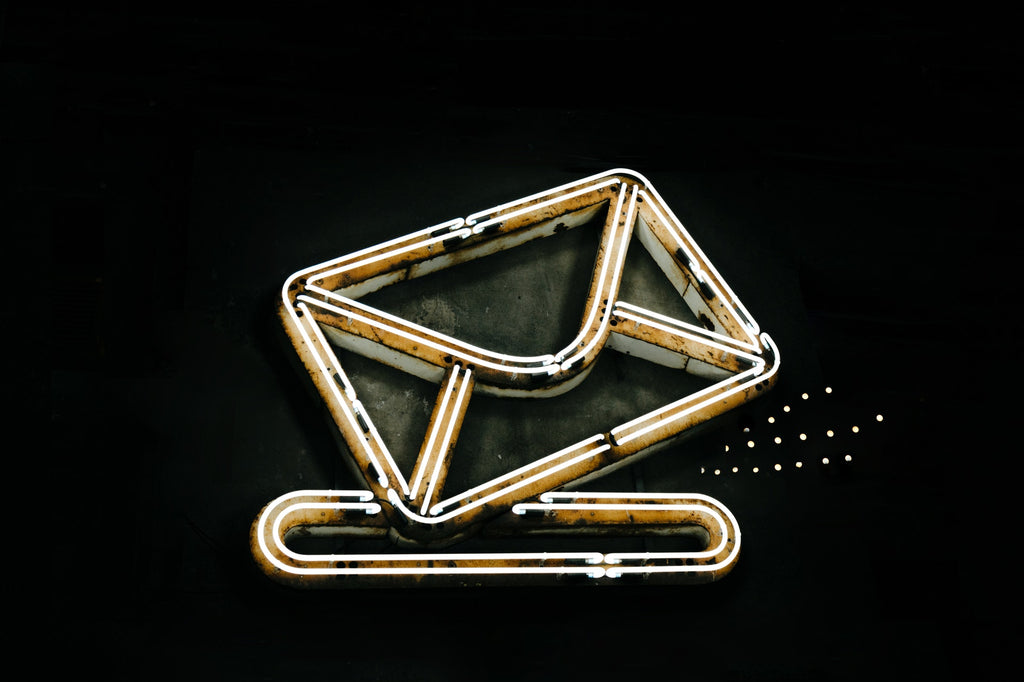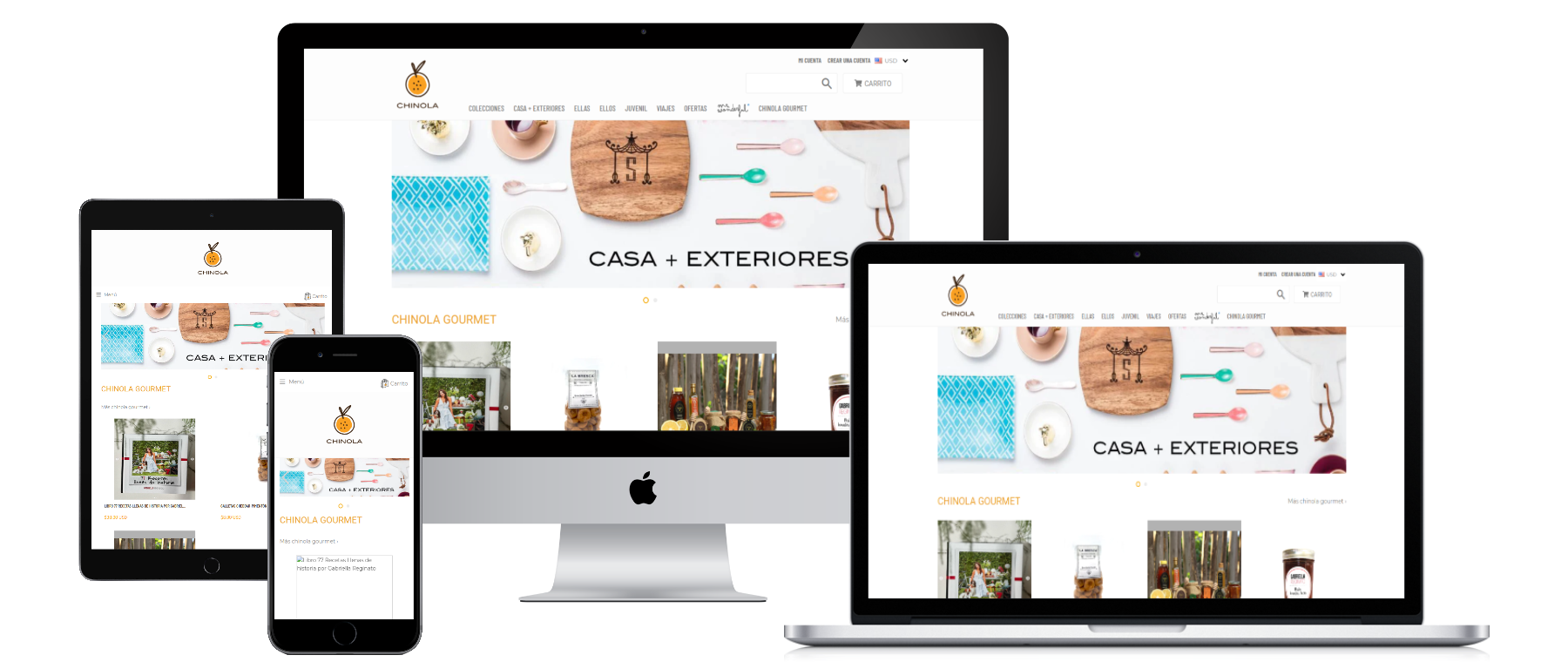
How to Use Newsletters for Marketing on Shopify?
Nowadays, marketers rely on various communication channels to reach their customers, such as social media, webinars, and video campaigns. But, these shouldn’t distract you from using the oldest yet most effective methods — emails.
Emails are still one of the most promising channels for communicating with customers, delivering a return on investment (ROI) of $36 for every $1 spent. And newsletters are the most common emails that DTC brands can send to stay top of mind with their customers or subscribers.
However, people receive tons of emails from different stores they bought from or newsletters they subscribed to. So, how can you ensure they open and read your newsletters?
That’s exactly what we’re going to talk about in this blog.
If you don’t have an email list yet, check out this blog. However, if you already have an email list of even 50 subscribers, read on to find the best practices to send newsletters people actually want to read.
- What are email newsletters?
- Why are email newsletters important?
- Best practices for newsletters in marketing
- Examples for good DTC email newsletters
- Send your first newsletter
What are email newsletters?
Email newsletters are a type of email that is sent to your subscribers containing curated informational content such as the latest blogs, product updates, resources, tips, news articles, stories, and many more. In short, there’s no end to what you can include in your newsletters.
The goal is to share relevant and valuable information with your subscribers, keep them engaged, and foster meaningful relationships. Plus, these help build brand authority and help you better communicate with customers at every stage of their buying journey.
You can send your newsletters weekly or monthly depending on what you want to share and the frequency in which your customers expect them.
Why are email newsletters important?
Now let’s discuss why you need to send out email newsletters to your customers.
- More coverage: An average person checks their email 15 times per day or every 37 minutes. Further, business emails make up the majority (126 billion) of emails sent daily. Hence, newsletters can provide ecommerce brands enormous opportunities to get their content, products, and services in front of a massive audience in a short period.
- Increased credibility: A newsletter is an excellent opportunity to highlight your expertise in a specific field. When you consistently provide valuable, relevant, and personalized content to your subscribers, you boost their trust in your brand. Plus, they rely on your brand as a source of knowledge, products, and services.
- Personalization: Reaching the right audience increases the chances that customers will open and read your newsletter content. Email marketers can consider their customers’ behavior and preferences to create personalized newsletters and deliver content, products, or services that subscribers are more likely to consume. In short, email newsletters can help you meet the needs and expectations of different audience segments.
- Strong relationships: Usually, an email newsletter is not perceived as a marketing tactic but an excellent channel for communicating and delivering value to your customers. If you understand who your customers are, know their needs and struggles, and provide valuable, relevant information to them that solves their problems, you’re more likely to not only build but strengthen relationships with them.
- High returns: Your subscribers have already shown some interest in your products or services. They are more responsive to your marketing efforts than those you might find via social media or paid channels. This makes newsletters the most effective type of email for engaging your customers. Add to this the relatively low cost of email marketing, and you get a high return on investment of more than $36 for every dollar spent.
As you can see, newsletters are crucial for your ecommerce business. However, merely creating and sending newsletters isn’t enough unless you follow some best practices to be successful.
Best practices for newsletters in marketing
- Use a catchy subject line
- Make your emails mobile-friendly
- Consider the design
- Structure your emails well
- Follow the optimized sizes
- Use email segmentation
- Find the right email marketing tool
- Time your newsletters well
1. Use a catchy subject line
Just because 49% of customers prefer to receive emails from their favorite brands doesn't mean they're going to click every message you send them. This is where using an interesting subject line can help.
The subject line is your first impression on subscribers. In fact, it determines whether or not they'll open and read your email newsletter. So, make sure it's enticing enough to catch the customers' attention.
Consider these tips for a catchy subject line:
- Your subject line will appear differently depending on the device your subscribers use. So, we recommend keeping it as short as possible — around 25-30 characters or 6-10 words.
- It should give the idea of the content your subscribers will find in the main copy.
- Personalize your subject lines by including the recipient's or brand's name. This makes them feel as if the newsletter is crafted especially for them.
- Avoid using the word "newsletter" unless you want your open rates to decrease.
- Use emojis to make your subject lines exciting. However, be careful with how and in what quantity you use them.
- Ask a question in your subject line to generate curiosity among readers.
2. Make your emails mobile-friendly
With about 50% of the emails opened on mobile devices, a newsletter with a mobile-responsive design is no longer an option — it’s a must-have. This means making sure your newsletter looks good not only on desktop but also on mobile screens.
Here’s how you can optimize your emails for mobile devices:
- Keep your subject lines between 25-30 characters, so they look great on mobile screens.
- Make sure your copy is concise. Divide it into small consumable chunks using bullet points, short paragraphs, etc. This makes it easy for your subscribers to read your newsletter, understand your message, and take the desired action.
- Not all mobile devices display images by default. So, use alt text to convey what the image is about. Also, avoid using heavy photos to slow down the load time.
- People who check emails on their mobiles are often busy or on-the-go readers. So, save their time and get to the point quickly by placing your CTA near the top of your newsletter.
3. Consider the design
Design is the most underestimated factor when crafting your email newsletter. Optimizing the design not only makes your newsletter more attractive but also improves its readability and boosts clicks and engagement.
Here’s how you can design your newsletters properly:
- Make your copy concise and easy to read.
- Use white space to make the newsletters easy on the eyes.
- Use clear and concise CTA buttons. Also, colorful CTA buttons can pop off the page, making them more visible to the readers.
- Include your logo, website link, and social profile links to keep your emails on-brand.
- Use a consistent design for all newsletters so readers can easily recognize your newsletters solely from the design.
- Use fonts and colors that are easy to read across different devices. You can use your brand colors, but not all colors offer a good reading experience.
4. Structure your emails well
Next, make sure you give a clear structure to your newsletters unless you want them to look like a block of unstructured text. Before you create your newsletter, you must include the following components:
- Template: You can either choose a pre-designed template provided by your email marketing tool or ask your web designer to create an HTML template for your future newsletters. Whatever you choose, make sure it looks professional and aligns with your brand’s visual identity.
- Design: Your subscribers should immediately recognize your brands by the colors, illustrations, and fonts used in your newsletters. Easy-to-read and well-organized emails can give your email engagement metrics a major boost. Further, make sure every visual is relevant to the text and by no means unprofessional.
- Sender’s name: It’s the first thing your subscribers notice, and one of the first elements spam filters evaluate before allowing an email to enter the inbox. So, use a name that’s trustworthy, easily recognizable, and consistent throughout all emails. You can use your brand name to boost awareness. Or use your real name for a friendly appeal.
- Subject line: It is one of the most critical elements of your newsletter that determines whether or not the subscriber will open your email. If it’s not compelling enough, they’ll just ignore it.
- Copy: It is the main section of your newsletter where you disclose most of the information. A little promotional content coupled with high-quality educational content is a perfect choice.
- CTAs: It prompts the subscribers to take the desired action, such as visiting a blog, filling a form, watching a video, and more. You can include CTA buttons and links in the promotional part of your newsletter. Also, don’t bombard your subscribers with multiple CTAs. Instead, use the one that’s enough to boost engagement.
- Unsubscribe links: Always give your subscribers an option to opt-out of your email list.
5. Follow the optimized sizes
Unfortunately, email newsletters aren’t always in their optimal size when you send them. In fact, the size of a newsletter depends on the subscriber’s device or the provider in which they open and read their emails.
If the size isn’t right, your newsletter won’t be visible to your readers and will take a lot of time to get loaded. They would have to scroll right and left to read your emails, which will dramatically reduce your click-through rates and result in a negative user experience.
Here’s how you can avoid it:
- Stick to 600 pixels email width as most email providers default to this newsletter size for any device. You can also test and change the size depending on the screen resolution and the devices your subscribers use.
- Your newsletter can be as long as you want it to be. However, people are less likely to read your emails to the end or click through to your website if the email goes on forever. So, focus on quality rather than quantity.
- Avoid using large image files as these take a long time to load or won’t load at all. So, keep image sizes between 600 and 800 kb.
6. Use email segmentation
Many businesses believe that every subscriber should get the same content. But, if all you give them is generic information, there’s hardly any chance they’ll benefit from it.
If your organization serves multiple verticals, it may be wise to segment your readers and craft different types of content for each group. Not only can it boost your revenue by 760% but also increase your open rate to 14.31% and click-rate to 100.95%.
You can segment your subscribers based on numerous factors, like demographics, purchase history, inactive customers, signup source, interests and preferences, engagement level, and so on - the only caveat is that this segmentation should allow you to make the email and its contents more relevant to that audience segment.
For example, you can send thank you emails or product recommendation emails to your loyal customers and send first-time purchase coupons and discounts to new customers.
7. Find the right email marketing tool
Earlier, people used Excel sheets connected with an email provider to manage their subscribers’ lists and send newsletters. However, as email readers increase every day, you need something more robust and efficient to streamline the overall process.
Enter: email marketing tools.
With an email marketing tool, you can write, design, and send newsletters to a large group of subscribers at the same time. Plus, you can manage your subscribers, measure the performance of each newsletter, and much more — in a single platform. These tools are equipped with various features, such as in-built customizable templates, A/B testing, analytics, and smart content.
However, not all email marketing services are the same. You need to select the one that aligns with your company’s unique needs. So, consider a few factors like integrations, price, features, usability, subscriber limit, etc., before choosing one.
If you’re new to email marketing, we’d recommend using Shopify Email to send your newsletters.
8. Time your newsletters well
You've crafted a beautiful newsletter with a compelling subject line, entertaining copy, and a strong CTA. And yet, your emails have a low click-through rate. Why? Maybe your timing is wrong.
People get tons of emails from different brands, and the ones at the top get maximum engagement. Therefore, sending your newsletters at the right time is crucial. Sending an email at the right time can increase your open and click rates, whereas a badly-timed email will lose its value and will likely be ignored by your readers.
Here's how you can find the right time for sending your email newsletters:
- Know your subscribers' time zone and send your emails at a time suitable for them instead of choosing a time convenient for you.
- Find out when your readers check their emails and what device they use for it. Do they open their emails during working hours or at night? Do they read newsletters on weekdays or weekends?
- Make sure you're consistent with sending your newsletters — weekly, monthly, quarterly, or whatever frequency that suits you.
Examples for good DTC email newsletters
- Wakefit
- Okhai
- Fourseven
- Bigsmall.in
- NurseryLive
- The Loom
- TeeStory
- Esprit
- Heads Up For Tails
- Shaya
Ready to send your first newsletter?
Most people believe that you need an email list to send your newsletters to.
That’s true.
However, if you have a small list of 10-50 subscribers and are waiting for it to grow to send out your first newsletter, you can’t be more wrong. Offering valuable content attracts more subscribers. Without it, there’s a high possibility they may forget about you or even unsubscribe from your list.
So, whether you have 10 or 1000 subscribers, send out your newsletters NOW and keep your customers engaged with your brand while also growing your email list.
Remember: Your email newsletter can only grow if your existing subscribers read it and share it with others.



